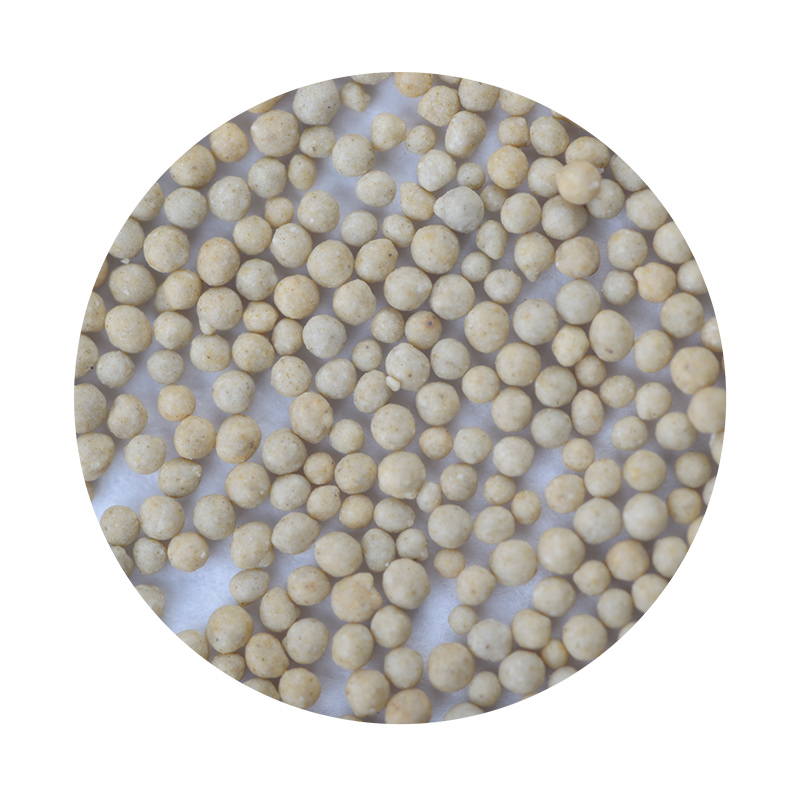 This not only enhances aesthetics but also reduces the need for post-casting finishing operations, further adding to cost-effectiveness and productivity This not only enhances aesthetics but also reduces the need for post-casting finishing operations, further adding to cost-effectiveness and productivity
This not only enhances aesthetics but also reduces the need for post-casting finishing operations, further adding to cost-effectiveness and productivity This not only enhances aesthetics but also reduces the need for post-casting finishing operations, further adding to cost-effectiveness and productivity advantages of lost foam casting.
**4. Versatility in Materials**
Lost foam casting is compatible with a wide range of metals, including aluminum, cast iron, copper-based alloys, and even some steels. This versatility allows manufacturers to choose the ideal material based on the specific application requirements, be it lightweight parts for aerospace or durable components for heavy machinery. The ability to cast various metals using the same basic process adds to its adaptability and widens its application scope.
**5. Environmental Sustainability**
In an era where sustainability is paramount, lost foam casting emerges as an eco-friendly alternative. The reduced waste, recyclable foam patterns, and the potential for energy-efficient melting practices align well with green manufacturing principles. The elimination of toxic binders and the reduction in energy consumption during the casting process make it a more environmentally responsible choice, contributing positively to corporate social responsibility goals.
**6. Simplified Process and Enhanced Safety**
The lost foam casting process is inherently safer due to the reduced handling of heavy materials and hazardous substances. With fewer steps involved and less manual labor required, workplace accidents can be minimized. Furthermore, the closed molding system used in this process minimizes exposure to molten metal splashes and fumes, creating a safer working environment for operators.
In conclusion, lost foam casting stands as a testament to technological advancement in the manufacturing sector, offering unparalleled precision, efficiency, and sustainability. Its ability to produce high-quality, intricate parts while reducing costs, waste, and environmental impact underscores its position as a preferred method for an array of industrial applications. As technology continues to evolve, the advantages of lost foam casting are likely to become even more pronounced, shaping the future of manufacturing processes worldwide.
Post time:Jun . 25, 2024 02:21
advantages of lost foam casting.
**4. Versatility in Materials**
Lost foam casting is compatible with a wide range of metals, including aluminum, cast iron, copper-based alloys, and even some steels. This versatility allows manufacturers to choose the ideal material based on the specific application requirements, be it lightweight parts for aerospace or durable components for heavy machinery. The ability to cast various metals using the same basic process adds to its adaptability and widens its application scope.
**5. Environmental Sustainability**
In an era where sustainability is paramount, lost foam casting emerges as an eco-friendly alternative. The reduced waste, recyclable foam patterns, and the potential for energy-efficient melting practices align well with green manufacturing principles. The elimination of toxic binders and the reduction in energy consumption during the casting process make it a more environmentally responsible choice, contributing positively to corporate social responsibility goals.
**6. Simplified Process and Enhanced Safety**
The lost foam casting process is inherently safer due to the reduced handling of heavy materials and hazardous substances. With fewer steps involved and less manual labor required, workplace accidents can be minimized. Furthermore, the closed molding system used in this process minimizes exposure to molten metal splashes and fumes, creating a safer working environment for operators.
In conclusion, lost foam casting stands as a testament to technological advancement in the manufacturing sector, offering unparalleled precision, efficiency, and sustainability. Its ability to produce high-quality, intricate parts while reducing costs, waste, and environmental impact underscores its position as a preferred method for an array of industrial applications. As technology continues to evolve, the advantages of lost foam casting are likely to become even more pronounced, shaping the future of manufacturing processes worldwide.
Post time:Jun . 25, 2024 02:21
Next:Sand Casting Applications Products and Examples Showcase
